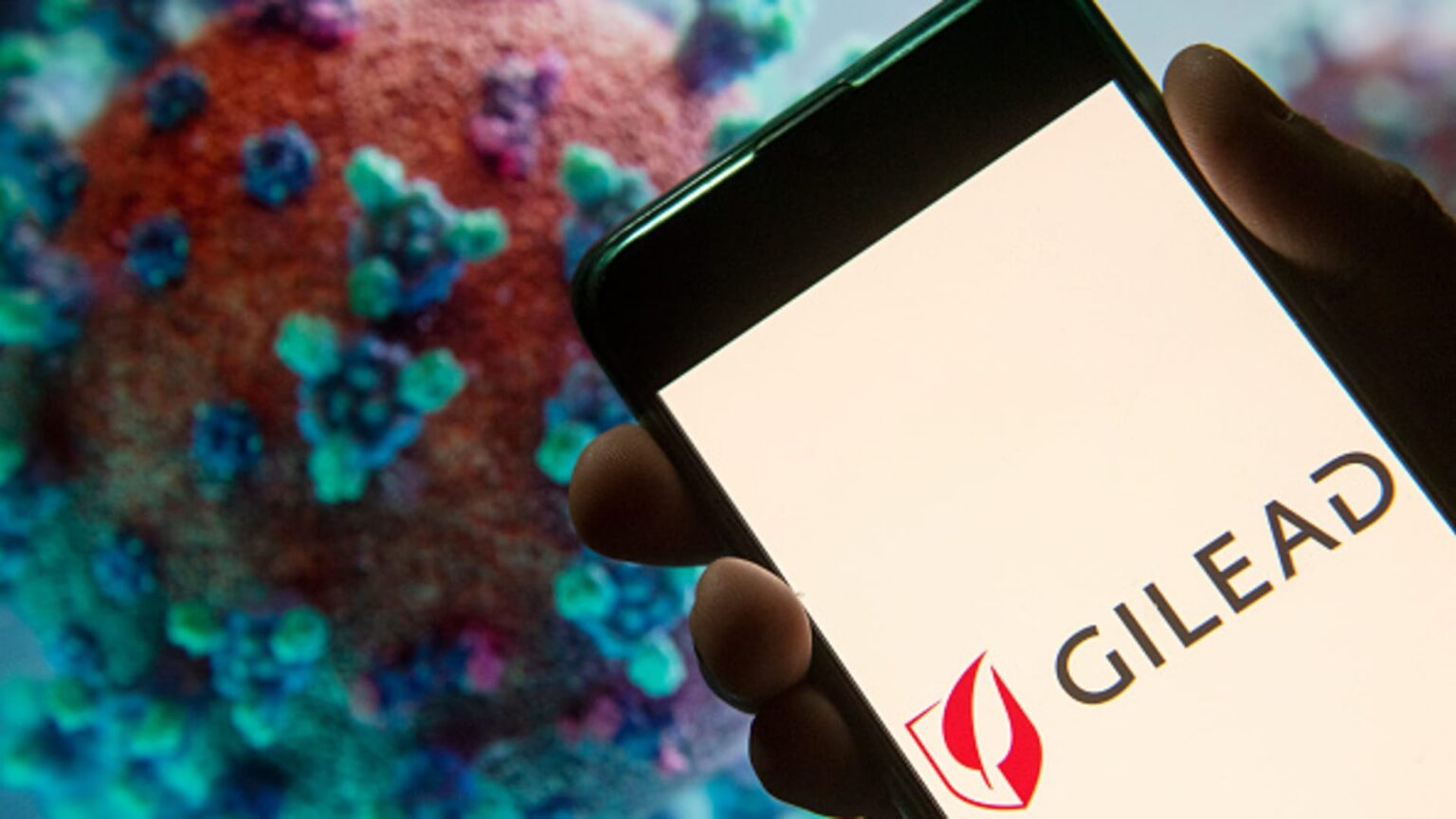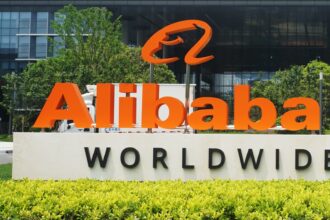The biopharmaceutical sector is poised to bounce back this year, and Gilead Sciences could be a key beneficiary, according to Bank of America. Analyst Geoff Meacham upgraded Gilead to buy from neutral. He increased his target price for the stock by $7 to $95, which suggests shares stand to gain 28.5% from where they closed Thursday. “GILD shares look oversold in our view, especially given 1) restoration of durable HIV franchise growth, 2) an increasing contribution from [hematology-oncology] (11% of revenues today; 17% in 2027), and 3) optionality in both the HIV and heme/onc pipeline,” Meacham wrote in a Friday note. Shares of California-based Gilead have dropped 13.9% so far this year. The stock was up 2.3% Friday morning. According to Meacham, potential catalysts for the stock include: Stronger-than-expected sales of Biktarvy, an antiretroviral medication for HIV/AIDS treatment, and faster uptake of Descovy for PrEP, or pre-exposure prophylaxis, which is a medicine taken by individuals at risk for HIV infection. Greater durability of revenue from HCV, or chronic hepatitis C virus, product sales. Rapid uptake of Gilead-owned Kite Pharma , a company that works on cell therapy to treat and potentially cure cancer. Success of the oncology pipeline may lead investors to assign further value to these Gilead programs. Still, there is the potential risk that sales of Biktarvy and HIV treatment Genvoya could moderate due to competition. Other headwinds include the potential for greater-than-expected erosion of HCV revenue and delayed or limited clinical success for its oncology pipeline, the analyst said. Heading into the second half of this year, Meacham expects biopharma to be better positioned with increased deal activity and moderation of major regulatory risks. Biopharma stocks have lagged year to date due to rotation into the technology sector, he noted. “With the potential for broader interest in the sector, we are more optimistic on performance into 2H23,” Meacham said. — CNBC’s Michael Bloom contributed to this report.
Read the full article here










